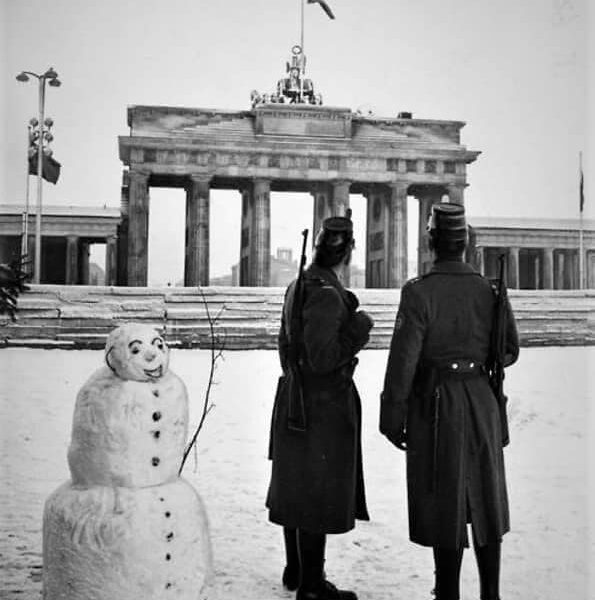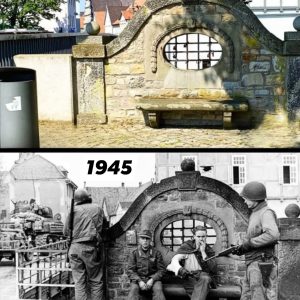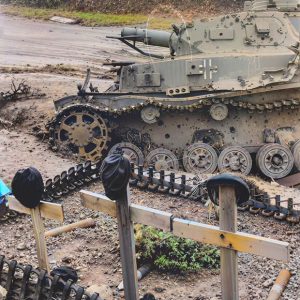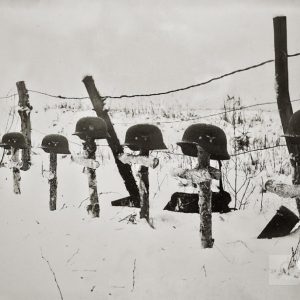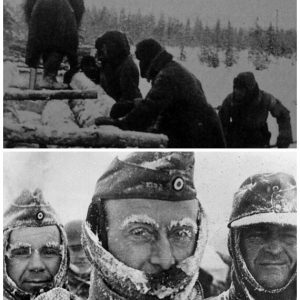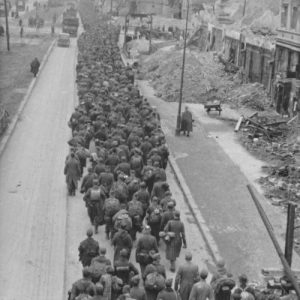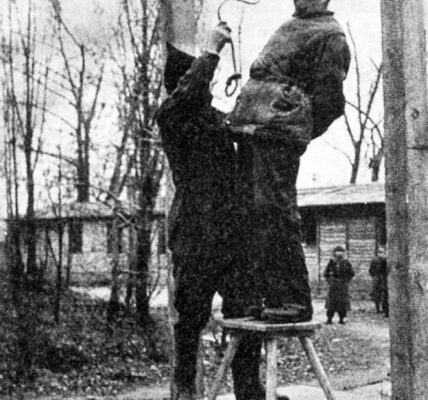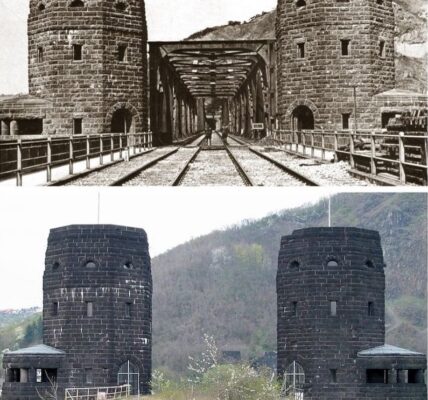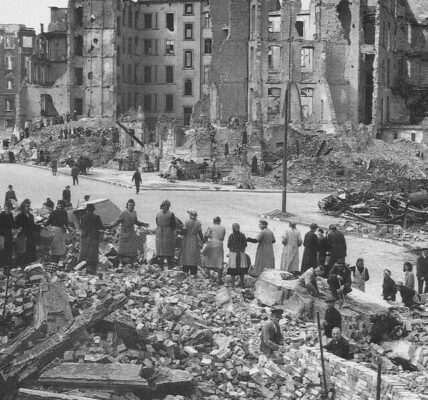In order to accommodate the increasing aging of the city’s population, the West Berlin Senate is trying to recruit young skilled workers from the Federal Republic.
By 1970, one-fifth of West Berliners were already over 65 years old. A Berlin bonus was intended to attract young people to the city. East Berlin, on the other hand, was a popular destination for young people. Those who studied there tried to stay if possible.
These stunning color photographs by Barbara Ann Spengler captured street scenes from East and West Berlin in February 1970.

|
| East Berlin. Brandenburg Gate, February 1970 |
 |
| East Berlin. East German watchtower at the Berlin Wall, February 1970 |
 |
| East Berlin. Hitler’s Bunker, February 1970 |
 |
| East Berlin. Humboldt University of Berlin, February 1970 |
 |
| East Berlin. Humboldt University of Berlin, February 1970 |
 |
| East Berlin. Marx-Engels-Platz and the State Council Building, February 1970 |
 |
| East Berlin. St. Hedwig Church, February 1970 |
 |
| East Berlin. The Neue Wache, a memorial to “victims of fascism and militarism,” February 1970 |
 |
| East Berlin. The Reichstag from East Berlin, February 1970 |
 |
| East Berlin. Treptow Soviet War Memorial, February 1970 |
 |
| East Berlin. Treptow Soviet War Memorial, February 1970 |
 |
| East Berlin. Treptow Soviet War Memorial, February 1970 |
 |
| West Berlin at night from the Mercedes-Haus, February 1970 |
 |
| Street scenes in West Berlin, February 1970 |
 |
| Street scenes in West Berlin, February 1970 |
 |
| West Berlin. “Florida Boy,” February 1970 |
 |
| West Berlin. At the Kaiser Wilhelm Memorial Church, February 1970 |
 |
| West Berlin. On the observation deck next to the Berlin Wall, February 1970 |
 |
| West Berlin. East German watchtower overlooking the Wall from the West – The Death Strip, February 1970 |
 |
| West Berlin. Friedrich Wilhelm Memorial Church, February 1970 |
 |
| West Berlin. Horses pulling a beer cart, February 1970 |
 |
| West Berlin. Kurfürstendamm at night, February 1970 |
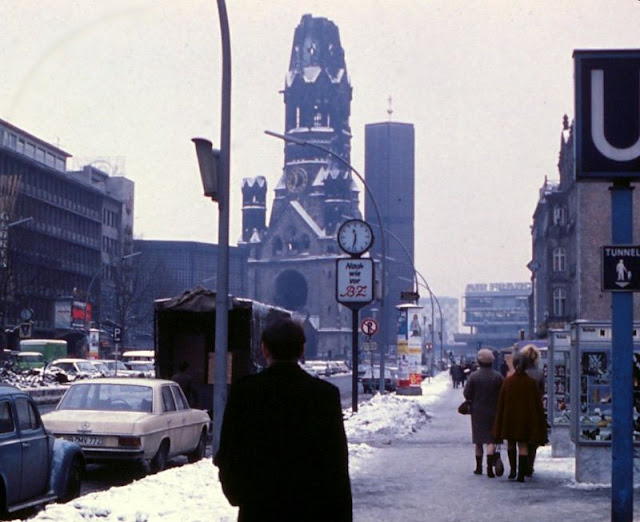 |
| West Berlin. On the Kurfürstendamm, February 1970 |
 |
| West Berlin. On the Kurfürstendamm, February 1970 |
 |
| West Berlin. Ruins near the Berlin Wall, February 1970 |
 |
| West Berlin. Ruins of the cultural center near the Berlin Wall, February 1970 |
 |
| West Berlin. Tempelhof, February 1970 |
 |
| West Berlin. The Berlin Victory Column, February 1970 |
 |
| West Berlin. The Berlin Wall, February 1970 |

|
| West Berlin. The Berlin Wall, February 1970 |

|
| West Berlin. The Brandenburg Gate from West Berlin, February 1970 |

|
| West Berlin. The Kurfürstendamm, February 1970 |

|
| West Berlin. The Olympic Stadium at the 1936 Olympic Games, February 1970 |
